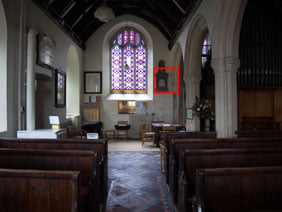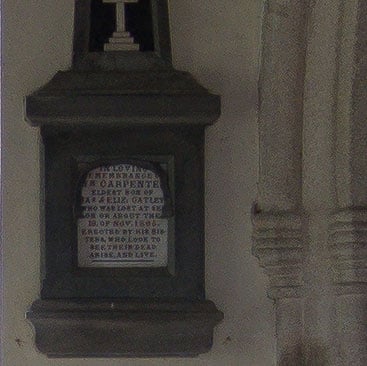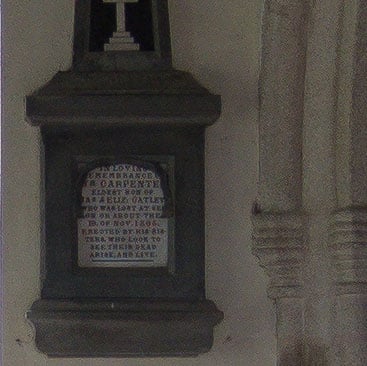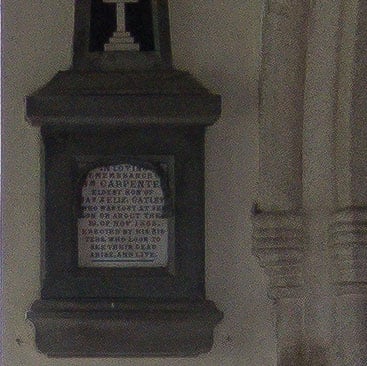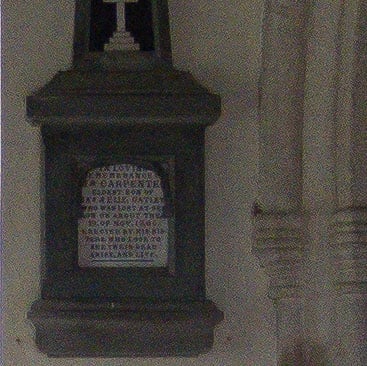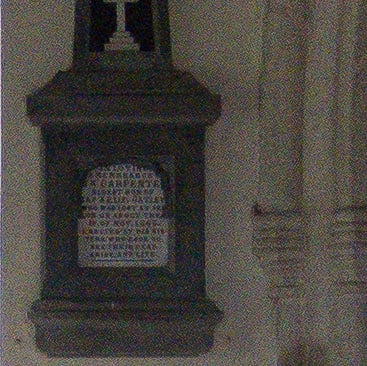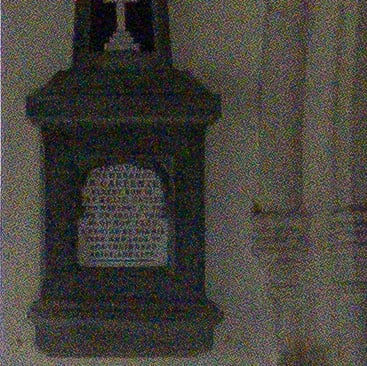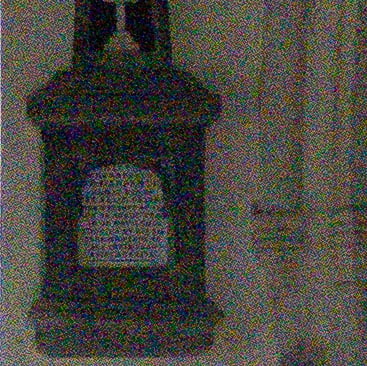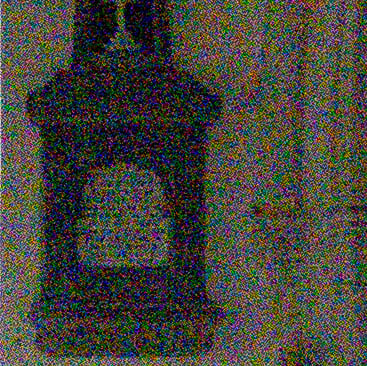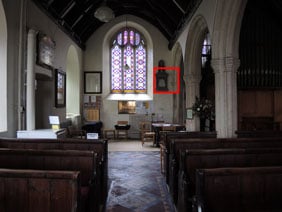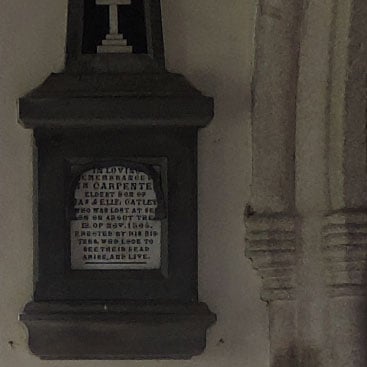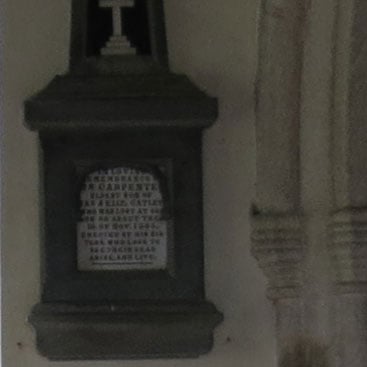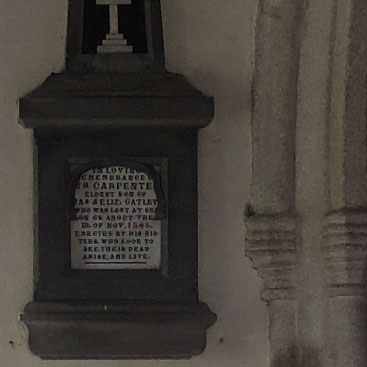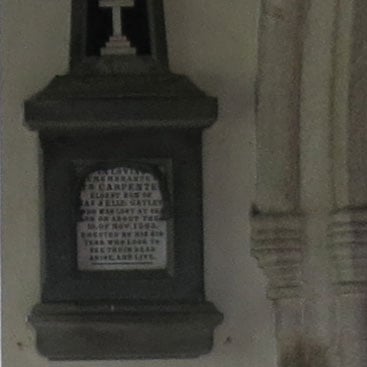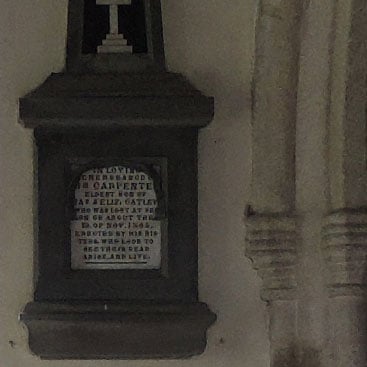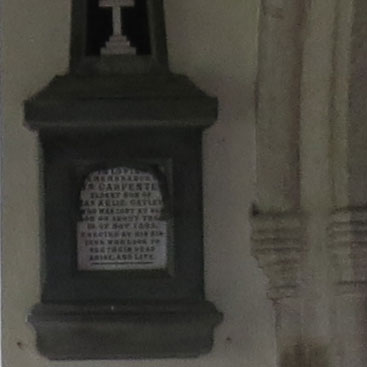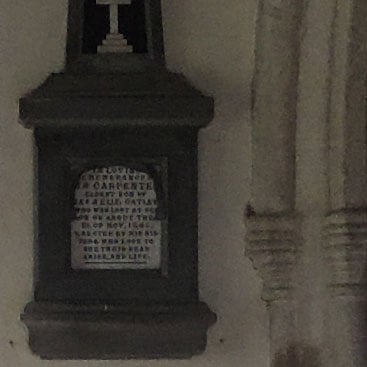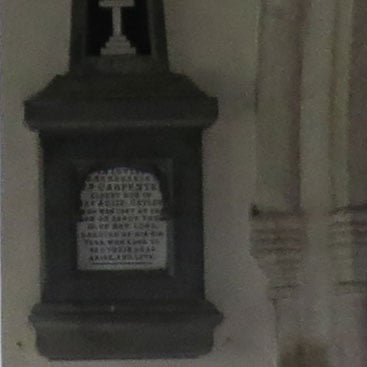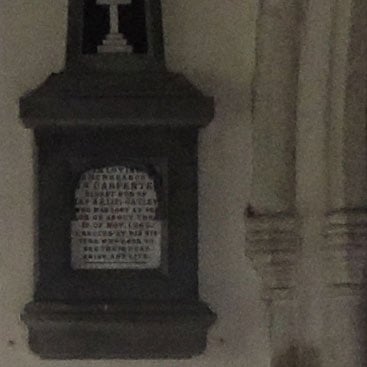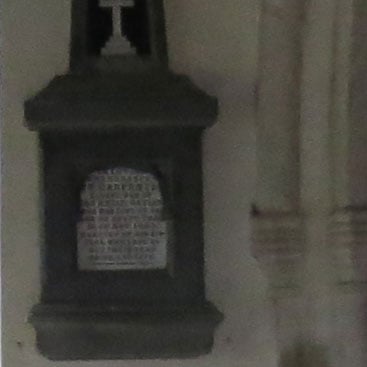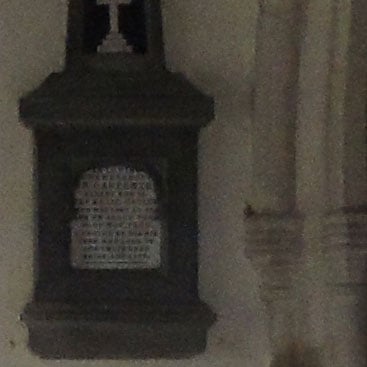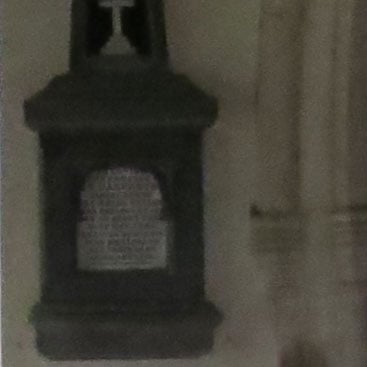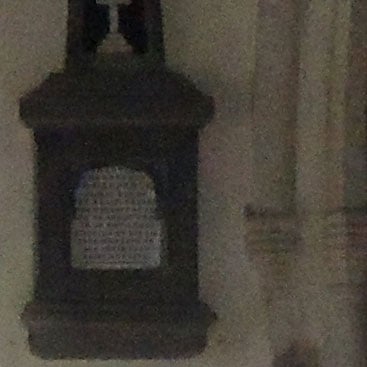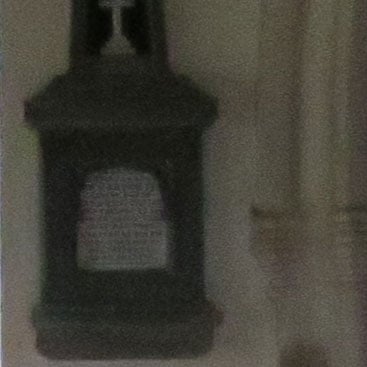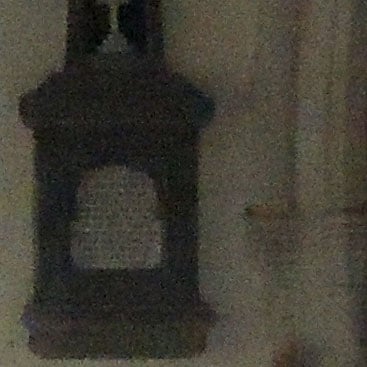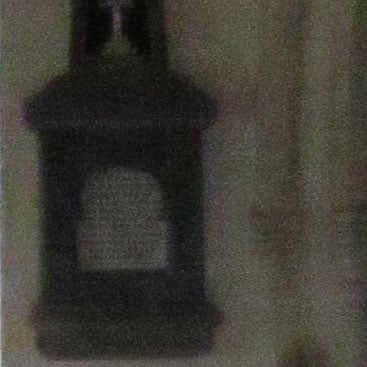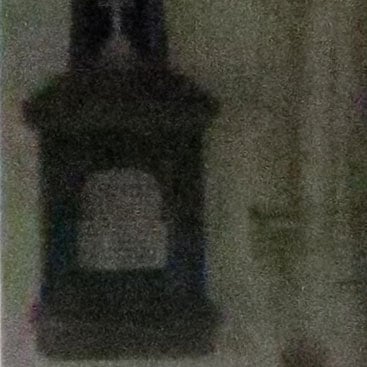Nikon COOLPIX P7700 review
-
-
Written by Ken McMahon
Quality
Nikon P7700 vs Canon G15 quality
|
Nikon Coolpix P7700 |
Canon PowerShot G15 | |
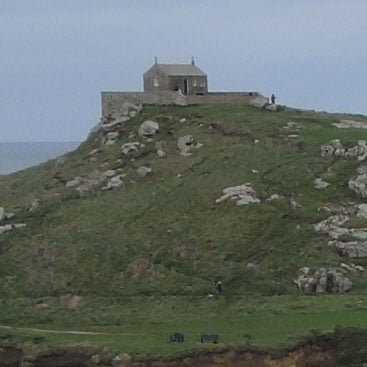 | 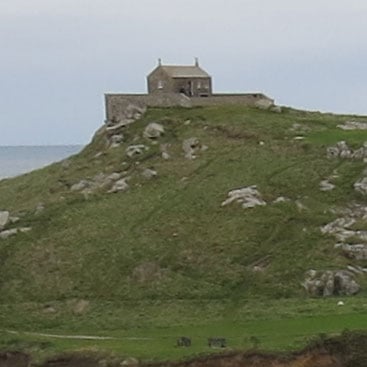 | |
f4, 80 ISO |
f4, 80 ISO | |
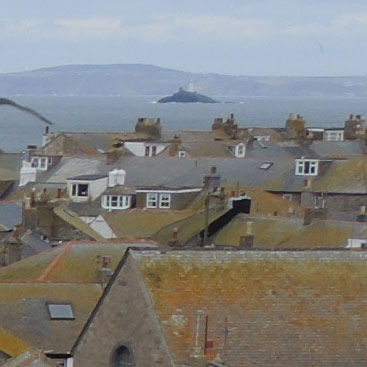 | 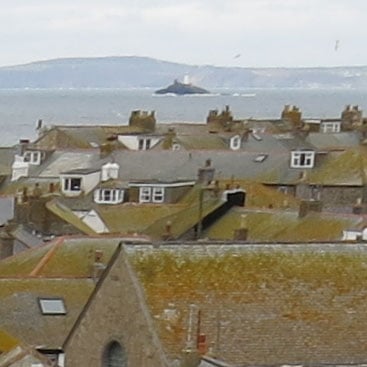 | |
f4, 80 ISO |
f4, 80 ISO | |
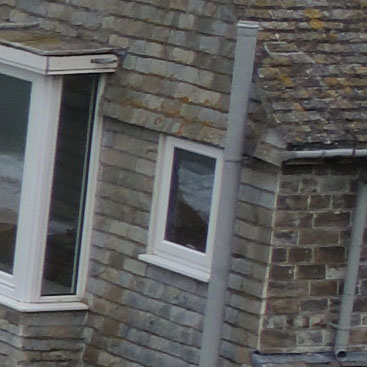 | 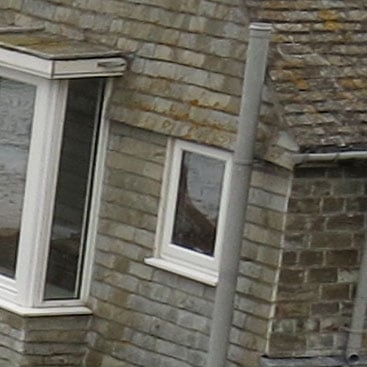 | |
f4, 80 ISO |
f4, 80 ISO | |
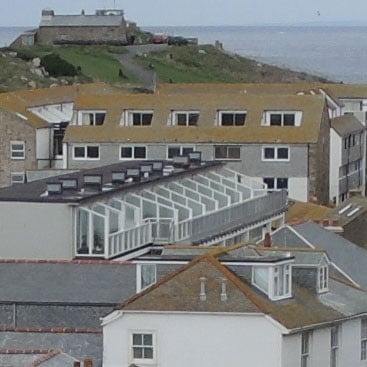 | 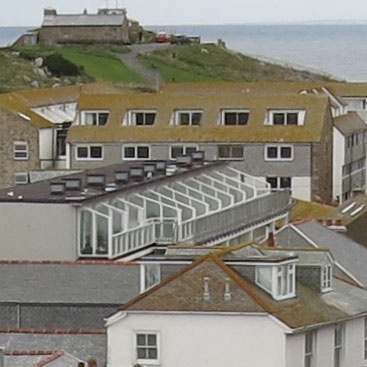 | |
f4, 80 ISO |
f4, 80 ISO |
Nikon Coolpix P7700 results : Quality / RAW quality / Noise / RAW Noise
Nikon P7700 vs Canon G15 RAW Quality
|
Nikon Coolpix P7700 RAW |
Canon PowerShot G15 RAW | |
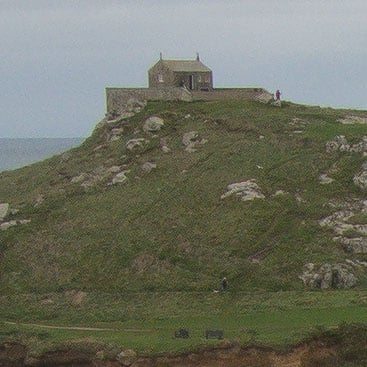 | 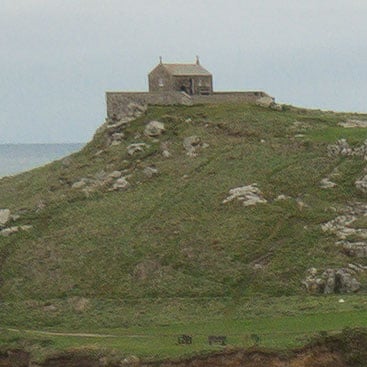 | |
f4, 80 ISO |
f4, 80 ISO | |
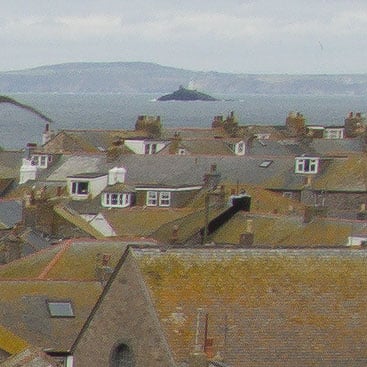 | 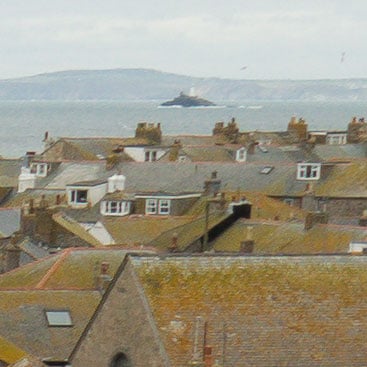 | |
f4, 80 ISO |
f4, 80 ISO | |
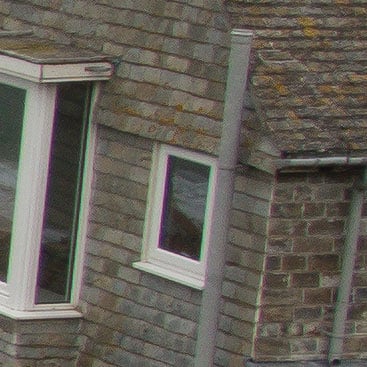 | 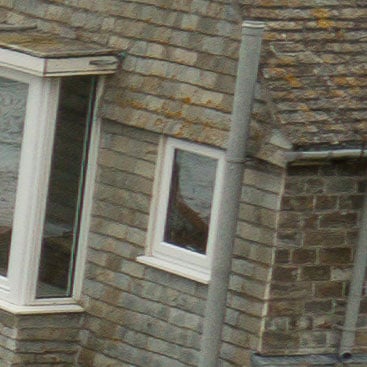 | |
f4, 80 ISO |
f4, 80 ISO | |
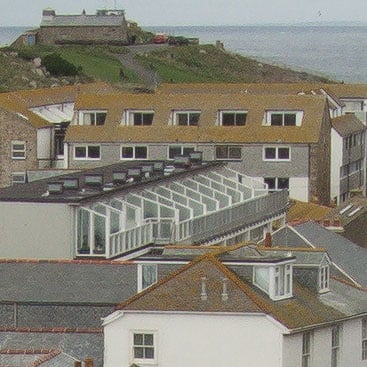 | 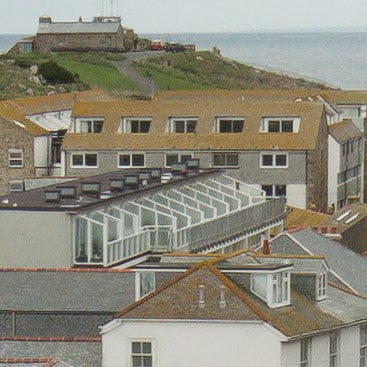 | |
f4, 80 ISO |
f4, 80 ISO |
Nikon Coolpix P7700 results : Quality / RAW quality / Noise / RAW Noise
Nikon P7700 vs Canon G15 Noise RAW
The image above was taken with the Nikon Coolpix P7700. The camera was set to Aperture priority mode with the aperture set to f2 and the sensitivity to 80 ISO. The Coolpix P7700 metered an exposure of 1.3 seconds at f2, with exposure compensation set to +1EV to produce a sufficiently bright image with a histogram in the middle of the chart. With exposure compensation similarly set on the PowerShot G15 it metered 1 second at f2. I processed both sets of files in Adobe Camera RAW using identical settings: Sharpening at 70 / 0.5 / 36 / 10, Luminance and Colour Noise Reduction both set to zero, and the Process to 2012 with the Adobe Standard profile. To further reduce any distracting visual differences between the crops I also set custom white balance to 4500K and tint to 0. These settings were chosen to reveal the differences in sensor quality and isolate them from in-camera processing. The high degree of sharpening with a small radius enhances the finest details without causing undesirable artefacts, while the zero noise reduction unveils what’s really going on behind the scenes – as such the visible noise levels at higher ISOs will be much greater than you’re used to seeing in many of my comparisons, but again it’s an approach that’s designed to show the actual detail that’s being recorded before you start work on processing and cleaning it up if desired. As with the RAW outdoor crops, these high ISO noise crops from the Coolpix P7700 and PowerShot G15 are very revealing and tell us more about the quality and noise performance of these two sensors than the JPEG result on their own reveal. In terms of noise, there’s actually not as much of a difference between these two cameras as the JPEG results might lead you to expect. In fact I’d go so far as to say there’s really nothing in it throughout the ISO range, right the way up to the Coolpix P7700’s 6400 ISO maximum. What you can see is that the PowerShot G15 crops are generally softer. Whatever the reason for that, when the noise suppression algorithms go to work it means there’s greater detail loss in the G15 crops. I expect that’s one of the reasons for the marked drop in quality of the in-camera JPEGs at the 800 ISO sensitivity setting. So the Nikon Coolpix P7700 sensor and lens combination are producing better quality more detailed images that are more robust when it comes to image processing and noise reduction. What does this mean for Coolpix P7700 owners who shoot RAW in the hope of squeezing even better image quality from the sensor data? I think that’s going to be a tough prospect because Nikon has done an excellent job with the in-camera JPEG quality. Of course image detail and noise suppression aren’t the only, or even the main reasons for shooting RAW and it’s still a very worthwhile feature to have on the P7700. Now head over to my Nikon P7700 sample images to see some more real-life shots in a variety of conditions, or head straight for my Verdict.
|
|
Nikon P7700 vs Canon PowerShot G15 Noise JPEG
The image above was taken with the Nikon Coolpix P7700. The camera was set to Aperture priority mode with the aperture set to f2 and the sensitivity to 80 ISO. The Coolpix P7700 metered an exposure of 1.3 seconds at f2, with exposure compensation set to +1EV to produce a sufficiently bright image with a histogram in the middle of the chart. With exposure compensation similarly set on the PowerShot G15 it metered 1 second at f2. As with the outdoor test results, this is a pretty impressive set of crops from the Coolpix P7700. The 80 ISO crop is clean, bright and hard to fault either on quality or noise grounds. Except that I am going to make one minor criticism and that is that this crop does have a fine overall texture to it. It’s barely visible and only noticeable looking at these 100 percent crops, but it’s there all the same. It becomes a little more apparent at 200 ISO, especially in the wall on the right side and in the text panel of the memorial, but it’s still pretty subtle and you’d need to be looking for it to find it. At 400 ISO though, there’s a very definite hike in the P7700’s noise levels. The granularity is now pretty apparent in the walls and the previously crisp, clean and well defined edges are starting to look a little crumbly. 400 ISO is still easily good enough for full sized prints though. At 800 ISO there’s another significant hike in noise levels and we’re now getting close to the stage where noise and true image detail start to compete for supremacy. That point is reached at 1600 ISO and beyond it, while you might get away with it a smaller sizes, at 100 percent the noise obscures image detail to the extent that you’re really only getting a rough impression. Compared with the crops from the Nikon Coolpix P7700 it has to be said the PowerShot G15’s performance looks a little lacklustre. The P7700 gets off to a great start, with 80 and 100 ISO crops that are crisp and sparkling with nice clean edges. At 200 and 400 ISO the Nikon crops show much more detail with cleaner edges, there’s more graininess in the wall, but I’ll take that over the softness of the G15 crops. I think it’s fair to say that up to 800 ISO the P7700 has a clear lead all the way. At 1600 ISO I’d still give it to the P7700 but arguably its clumpy fuzz is equally offensive, if qualitatively different to the mushy G15. At 3200 and 6400 ISO I think the fine granularity of the Canon crops is preferable to the hard clumpy buzz of the Nikon’s, but at this level neither is retaining a great deal of worthwhile image detail. To find out how much of a role processing plays in keeping noise at bay in these crops take a look at my Nikon P7700 RAW noise results page to see just how much noise is present behind the scenes. Or head over to my Nikon Coolpix P7700 sample images to see some more real-life shots in a variety of conditions.
|
|
